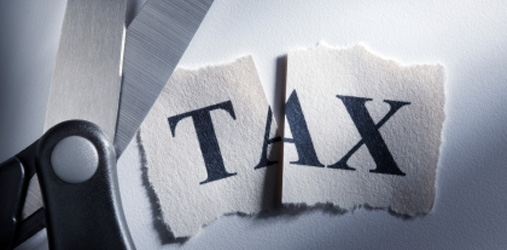With the end of the tax year looming, now’s the time to implement tax reduction strategies and reduce your tax bill. Leave it much longer and you will run out of time.
1. Make payments into your super fund
If you’re a contractor, sole trader or self-employed, then you probably already know that superannuation is just as important for you as it is for regular employees.
Since there’s no compulsory Superannuation Guarantee to make sure you have regular contributions flowing into your super fund, you’ll need to keep an eye on this. After all, if you don’t put some of your income aside now, you might not have enough money to live on when you retire.
Contributing to your super fund not only secures your future, it’s a great way to minimise the amount of tax you pay. All pre-tax super contributions are only taxed at 15% instead of your normal rate.
Most sole traders, self-employed business people and contractors can contribute up to $30,000 per year and receive a tax benefit. And if you’re 50 years of age or more, you can contribute up to $35,000 per year. From 1 July 2017, individuals can contribute up to $25,000 per year regardless of age.
2. Purchasing equipment and tools
If you buy tools, equipment or other assets to use at work to earn an income, you can claim a deduction for some or all of the costs.
If the tools etc are used for both work and private purposes, you will need to apportion the amount you claim – e.g. if you have a computer that is used for private purposes for half of the time you can only deduct 50% of the cost.
The type of deduction you claim depends on the cost of the asset:
- for items that cost $300 or less, you can claim an immediate deduction for their cost
- for items that cost more than $300, or that form part of a set that together cost more than $300, you can claim a deduction for their decline in value.
You can also claim the cost of repairing and insuring your tools and equipment and any interest on money you borrowed to purchase those items.
If you use items for both personal and work-related purposes, you need to keep records such as a diary so that, if requested, you can show how you apportioned the amount of private use and work-related use.
3. Making a major purchase – e.g. premises
Last year we saw the introduction of the instant tax deduction for assets costing up to $20,000. It is worth noting that this will end on 30 June 2017 and revert back to the $1,000 threshold.
In addition, assets valued at $20,000 or more can continue to be placed in the small business simplified depreciation pool and depreciated at 15% in the first income year and 30% thereafter. The pool can also be immediately deducted if the balance is less than $20,000 over this period (including existing pools).
What qualifies and what can I buy?
Here are a few ideas:
- IT hardware such as desktop computers, printers, scanners and photocopiers, but not in-house software where the firm intends to claim under the software development pool rules
- Office or shop furniture and fittings such as new tables for a cafe
- Display screens, kitchen equipment, signage and air conditioners
- Work vehicles such as a $19,999 ute. Just wait for the EOFY sales ads!
- Tradesmen’s tools and machinery
- Plant and equipment
- Sheds or storage containers for storing equipment
This tax concession is ideal for those businesses that were planning to purchase assets anyway or have a real need to update equipment. If it can improve your bottom line (net profit) then look at taking advantage of the opportunity.
However, be aware that this is not a grant or allowance, and you should not rush out to buy any asset before checking with your accountant. If your business is not making a profit, then a tax deduction is of no use to you.
Speak to us today; we are small business and tradies tax specialists and can help you pay the least amount of tax possible.
Call us today and book in for a FREE, no obligation tax review. Take action now and keep more of your hard earned money in your pocket.




